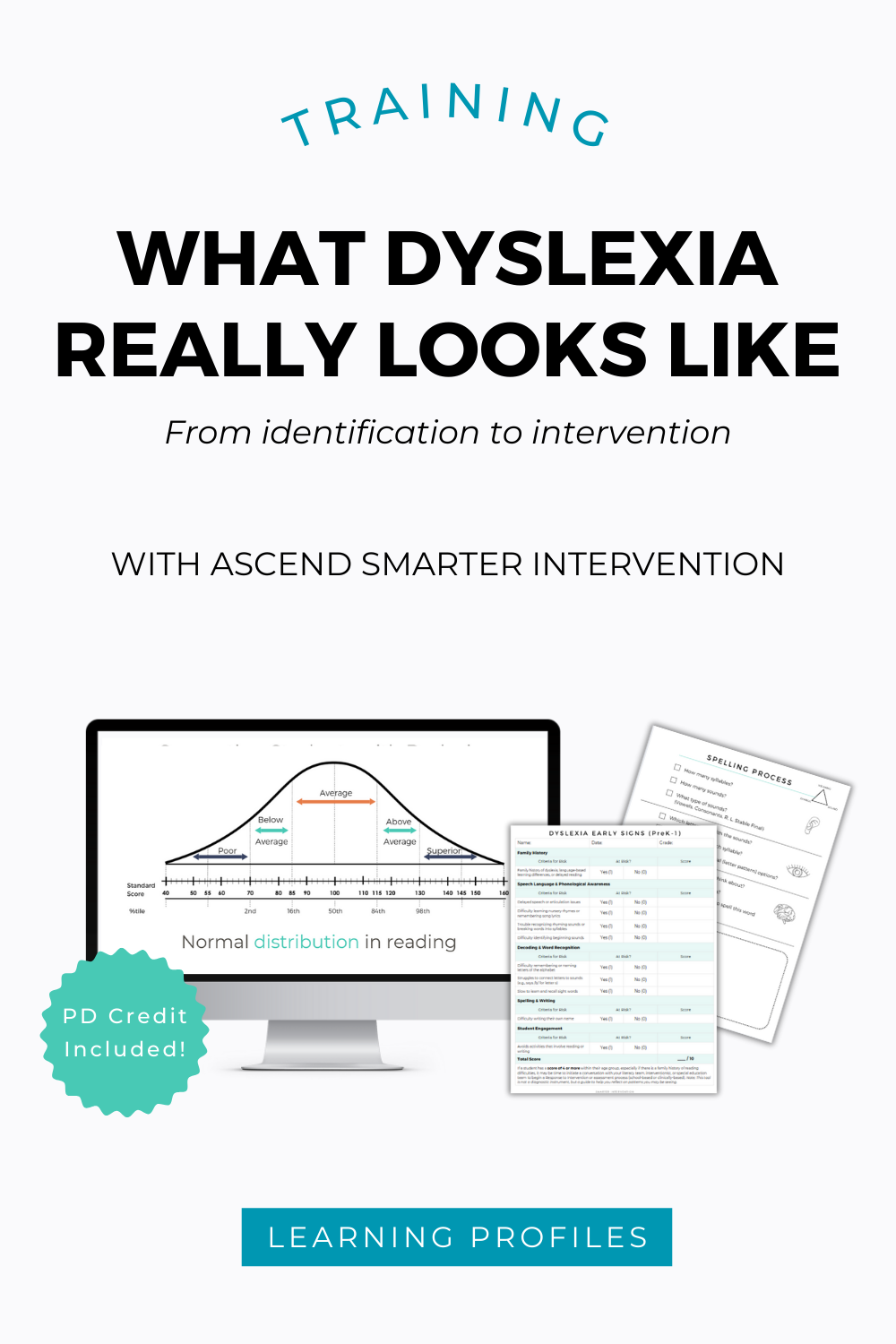The Different Kinds of Reading Disabilities
Learning to read is one of the most complex skills students develop in school. For some, the process feels natural; for others, it comes with significant challenges. Research indicates that there are three primary types of reading disabilities, each linked to different parts of the literacy processing triangle (phonology, orthography, and language comprehension).
Understanding these differences is critical for choosing the right intervention.
1. Phonological Deficit
Students with a phonological deficit struggle with the sound structure of language. They may:
Have difficulty breaking words into syllables and sounds
Struggle to blend sounds together to form words
Rely on visual memory to guess at words
Make errors such as writing saw for was
This type of deficit makes phonics-based reading and spelling particularly challenging.
2. Orthographic or Processing Speed Deficit
Students with orthographic deficits struggle with the visual print structure of language. They may:
Have trouble quickly recognizing letters or letter groups and pairing them with sounds
Confuse similar letters (b/d/p/q)
Struggle to differentiate patterns such as t, th, tch, or tion
Read slowly because their processing is not fast enough to keep up with connected text
This type of deficit can occur alone or alongside a phonological deficit. When both are present, it is known as the dual-deficit model, and students typically require more intensive intervention over a longer period of time.
3. Comprehension or Language Deficit
Some students are able to decode words accurately but still struggle with understanding meaning. These difficulties may include:
Limited vocabulary knowledge
Difficulty understanding multiple-meaning words (rock as a noun, verb, or adjective)
Challenges with listening or reading comprehension
Difficulty identifying main ideas, making inferences, or predicting outcomes
This type of deficit is often described as a reading comprehension disorder and may or may not occur alongside dyslexia.
Clinical vs. School Classifications
Clinically, these three types of reading disabilities are often described as:
Dyslexia (phonological and/or orthographic deficit)
Reading Comprehension Disorder (language deficit, with or without dyslexia)
In schools, however, these profiles are usually grouped under one broad category: Specific Learning Disability in Reading (SLD-Reading).
This shift happened not only in schools but also in the DSM-5 (Diagnostic and Statistical Manual of Mental Disorders), which moved toward broader terminology. While this approach makes it easier for students to qualify for services without pinpointing a specific processing deficit, the downside is that interventions can become “one size fits all.”
Why This Matters
Labels aside, what matters most is understanding where the breakdown occurs. A student struggling with phonology requires different support than a student struggling with comprehension. Effective reading intervention must be tailored to the specific needs of the learner, not just the broad category they fall under.
Want to Learn More?
One of the biggest challenges in education is recognizing not just that a student is struggling, but why. Understanding whether a student’s difficulties are rooted in phonology, orthography, or comprehension is the key to choosing the right intervention.
If you’d like to go deeper into what dyslexia really looks like (and how to identify and support students across grade levels) we invite you to join our on-demand training:
👉 What Dyslexia Really Looks Like: From Identification to Intervention
This training will give you practical tools to spot the signs of dyslexia, understand how it differs from other reading difficulties, and feel confident in taking the next steps to support your students.


